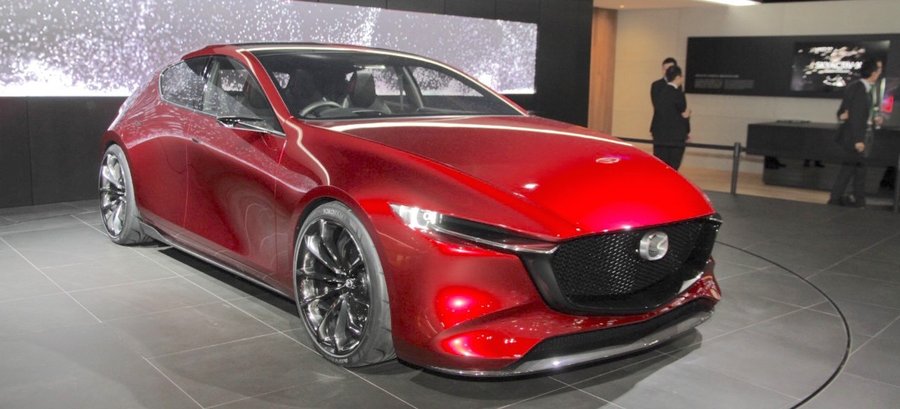Mazda to use rotary engine as a range-extender with its first electric vehicle

First, Mazda execs confirmed that the Japanese automaker will bring back the rotary engine as a range-extender and battery juicer for its first electric vehicle in 2019. But secondly, the company won't have a rotary-powered successor to its RX-7 and RX-8 sportscars in time for the company's centennial anniversary in 2020.
Autoblog previously confirmed that Mazda is planning to have an EV in 2019 that will be available in both pure electric and range-extending versions. Now, the Australian website Motoring reports that the global EV will feature a powertrain similar to the experimental Japan-only Mazda2 (Demio) EV, which used a single-rotor engine as a generator to power the battery pack and increase its driving range. The publication says Mazda plans to release a series of plug-in hybrids based on existing models around 2020, then a pure electric car co-developed with Toyota and Denso in 2021 as part of the EV Common Architecture Spirit Company joint venture. A Mazda spokesman tells Autoblog the company couldn't confirm any details about future products.
Meanwhile, enthusiasts shouldn't wait for a rotary-based production version of Mazda's RX-Vision concept from 2015. Motoring cites two executives who explain that the company simply lacks the capital necessary to invest in developing the new model in time for its 2020 centennial.
Mazda debuted its rotary engine 50 years ago in the Cosmo Sport in part as a way to stand out from its larger Japanese competitors. The engine, which uses a spinning three-tipped rotor in place of pistons, is smaller and lighter than conventional piston engines, with a greater power-to-weight ratio and quieter, smoother operation. But it delivers less fuel economy and higher emissions — two weaknesses that could be improved via a stop-start system Mazda has developed, based on a pair of U.S. patents.
The company has also been hard at work developing its next-generation Skyactiv-X engine, which uses highly precise combustion ignition technology to deliver significant gains in fuel economy and power.
